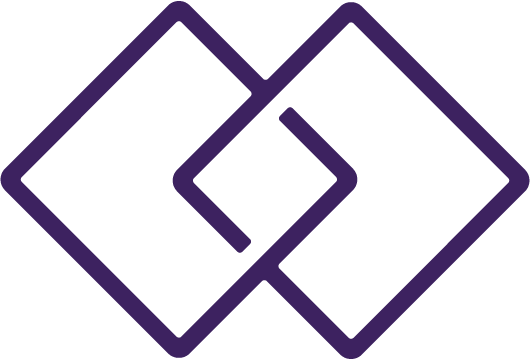
What is Smart Cleaning in Housekeeping?
Smart cleaning in housekeeping refers to the use of advanced technology and innovative methods to streamline and enhance cleaning processes. It involves the integration of smart devices, automation, and data analytics to improve efficiency, effectiveness, and sustainability in cleaning tasks. We will explore the concept of smart cleaning, its benefits, and how it is revolutionizing the housekeeping industry.
Understanding Smart Cleaning
A modern approach to housekeeping that leverages technology to simplify and optimize cleaning tasks. It involves the use of smart devices such as robotic vacuum cleaners, automated mops, and intelligent dishwashers, among others. These devices are often connected to a central system or app, allowing homeowners to control and monitor their cleaning tasks remotely.
Moreover, smart cleaning incorporates data analytics to provide insights into cleaning habits and patterns. This data can be used to develop personalized cleaning schedules, identify areas that require more attention, and track the progress of cleaning tasks.
Benefits of Smart Cleaning
Offers numerous benefits, including:
- Efficiency: Smart cleaning devices can perform tasks faster and more accurately than traditional methods. For instance, a robotic vacuum cleaner can clean an entire room in less time than it would take a person using a regular vacuum cleaner.
- Convenience: With smart cleaning, homeowners can schedule cleaning tasks at their convenience, even when they are not at home. This not only saves time but also ensures that the house is always clean.
- Sustainability: Many smart cleaning devices are designed to conserve water and energy, making them more environmentally friendly than traditional cleaning methods.
- Data-driven decisions: The use of data analytics in smart cleaning allows homeowners to make informed decisions about their cleaning habits and schedules.
Revolutionizing Home Cleaning: The Rise of Smart Cleaning Devices
Devices have revolutionized the way we maintain cleanliness in our homes. For instance, the Roomba by iRobot is a robotic vacuum cleaner that uses mapping technology to navigate and clean every corner of your house. Another device is the Braava, also by iRobot, which is a smart mop for hard surfaces. Winbot by Ecovacs is an innovative window cleaner that moves across your windows, removing dirt and dust.
Similarly, the Roborock S6 is a robotic vacuum that also has mopping capabilities. Moreover, there are smart trash cans like the Townew T1 which automatically seals and changes trash bags. These devices not only save time but also ensure a more thorough and efficient cleaning.
Smart Cleaning in Action: A Case Study
A perfect example of smart cleaning in action is the use of robotic vacuum cleaners in homes. These devices use sensors to navigate around the house, avoiding obstacles and ensuring every corner is cleaned. They can be programmed to clean at specific times and can even return to their charging stations when their battery is low.
According to a report by Grand View Research, the global robotic vacuum cleaners market size was valued at USD 2.09 billion in 2018 and is expected to register a CAGR of 17.7% from 2019 to 2025. This growth is attributed to the increasing adoption of smart cleaning technologies in homes.
It is a revolutionizing the housekeeping industry by introducing efficiency, convenience, and sustainability into cleaning tasks. It leverages advanced technology and data analytics to optimize cleaning processes and provide homeowners with a cleaner, healthier living environment. As technology continues to evolve, we can expect to see even more innovative smart cleaning solutions in the future.
Whether you’re a homeowner looking to simplify your cleaning tasks or a housekeeping professional seeking to enhance your services, smart cleaning offers a promising solution. By embracing this modern approach to housekeeping, you can enjoy a cleaner home and a more sustainable lifestyle.



